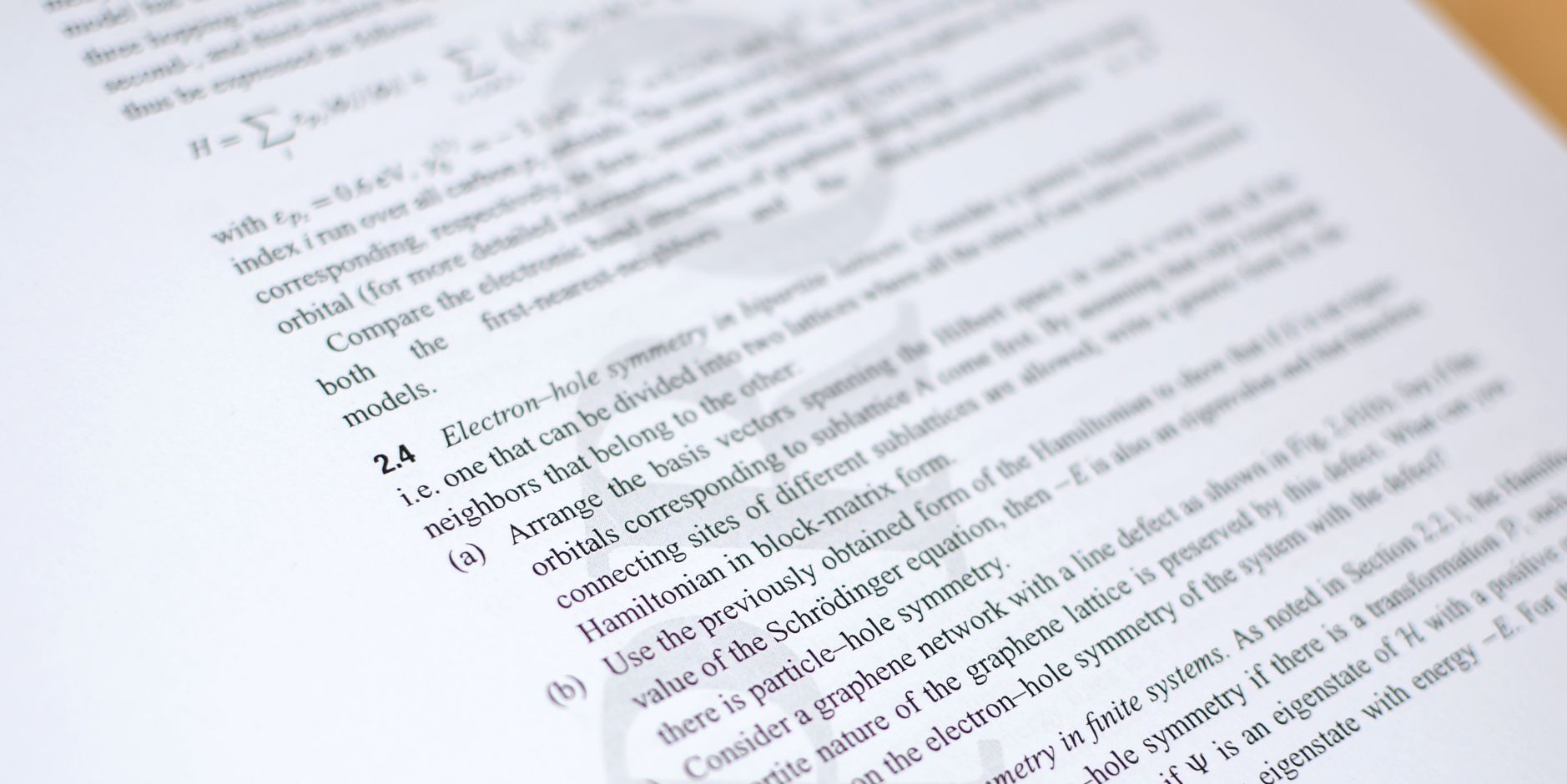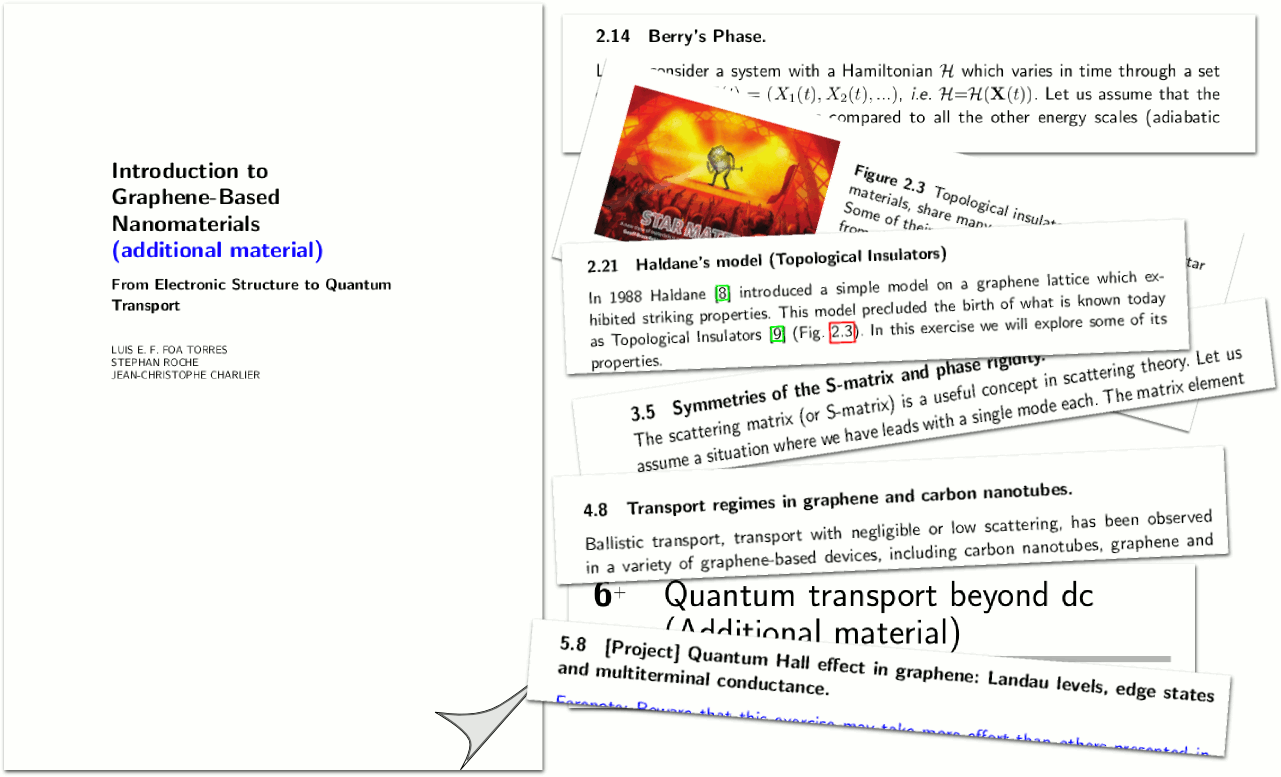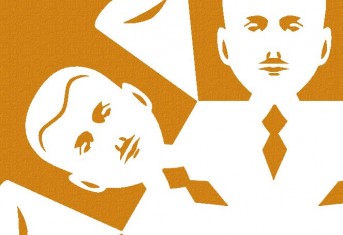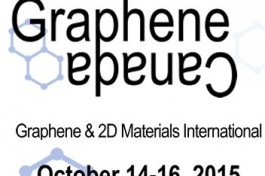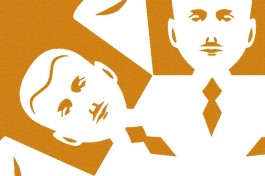Preview →
Download the additional free material for our book (24 pages, ca. 2Mb).
More coming soon...!
Subscribe now to our newsletter!
Be the first to get updated on the latest news and additions to this website.
Do you have any questions, doubts or comments?
Click here!
Codes, tips, etc.
Before new year’s break
This has been a hectic year full of great discoveries and developments in the field of graphene and other 2D materials. But now we wanted to propose our readers to take a breath and make a ludic stop. Following Symmetry Magazine we are proposing to turn into the art of cutting paper snowflakes. These are…
Stephan’s recursion methods
One of the most efficient methods available for computing the Density of States (DoS) and the transport properties, specially in samples containing a large number of atoms, is the recursion method explained in Appendix D of “Introduction to Graphene-based Nanomaterials”. Here we provide (by courtesy of Stephan Roche) a numerical code written in fortran and…
Recursive Green’s functions and self-energies
Here we provide a simple fortran 90 code that implements the recursive Green’s functions techniques for calculating the self-energy of a semi-infinite lead as described in Appendix C of “Introduction to Graphene-Based Nanomaterials”. To call this routine you must provide an array with matrices containing the hoppings between the layers as well as the diagonal…
ABINIT input files for graphene nanoribbons
ABINIT input files for armchair and zigzag graphene nanoribbons (by courtesy of Jean-Christophe Charlier). These inputs allow to calculate the structural and electronic properties of these GNRs (including spin-polarization in the zigzag case due to the potential magnetization at the edges). The PAW pseudopotentiels for carbon and hydrogen are also included. agnr.in zgnr.in 1h-gga-uspp.paw 6c-gga-uspp.paw
Python packages for graphene-based materials and beyond
Python is one of the most versatile languages for coding. It allows fast coding of complex algorithms and the community working with Python is growing at a fast pace. Here we recommend two packages written for python: PythTB: Python Tight-Binding is a package developed at Rutgers University by the group of David Vanderbilt. It allows to compute…
News and updates
Destination Genoa
Last March we had a great edition of the Graphene conferences. Graphene 2015 took place at the Bilbao Exhibition Centre from March 10-13 (2015), a great location for the large number of participants who enjoyed the talks by some of the most inspiring speakers in the field. Personally, my favorite ones were those by Antonio…
Graphene Canada 2015
Montreal (Canada) will host the 1st edition of the Graphene & 2D Materials International Conference and Exhibition: October 14-16, 2015. The Graphene Conference will be a 3 days event that meant to gather the key players of the Graphene Community and related sectors. This event is launched following the lack of meetings in the field in…
Announcement “ICREA Workshop on Graphene Nanobiosensors – May 2015″
The Workshop on Graphene Nanobiosensors will take place in Barcelona from May 25 to May 26, 2015. This unique event will bring together the most relevant scientists working in fields related to the design of nanobiosensors and nanobiosystems based on graphene. Do not miss this opportunity! For more information visit: http://graphsense.icn2.cat/
Before new year’s break
This has been a hectic year full of great discoveries and developments in the field of graphene and other 2D materials. But now we wanted to propose our readers to take a breath and make a ludic stop. Following Symmetry Magazine we are proposing to turn into the art of cutting paper snowflakes. These are…
Subscribe now to our newsletter!
Be the first to get updated on the latest news and additions to this website.
